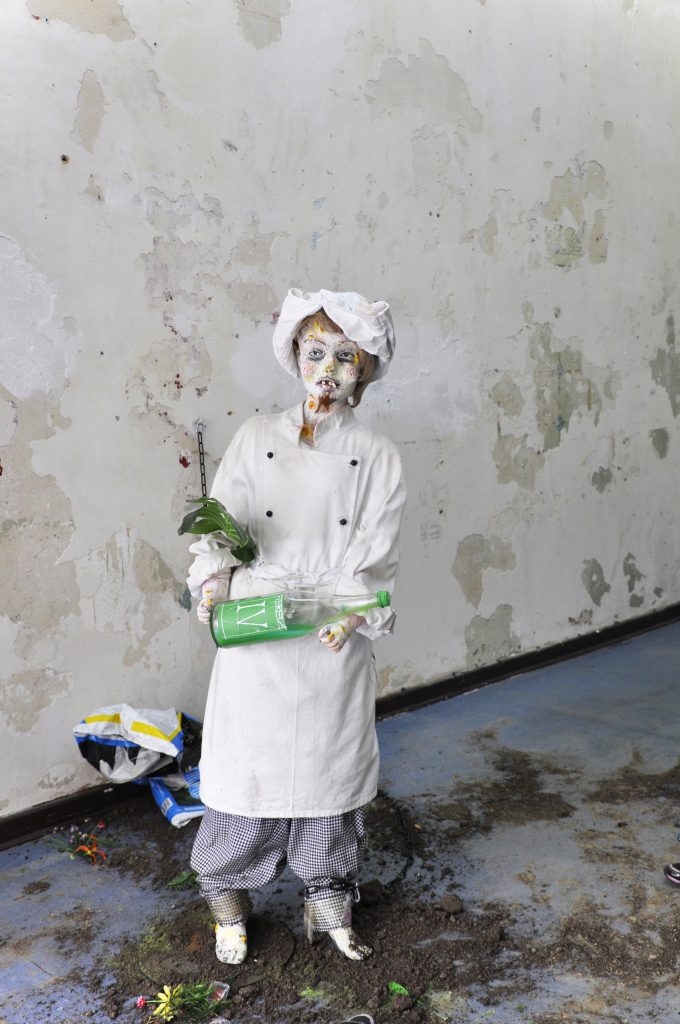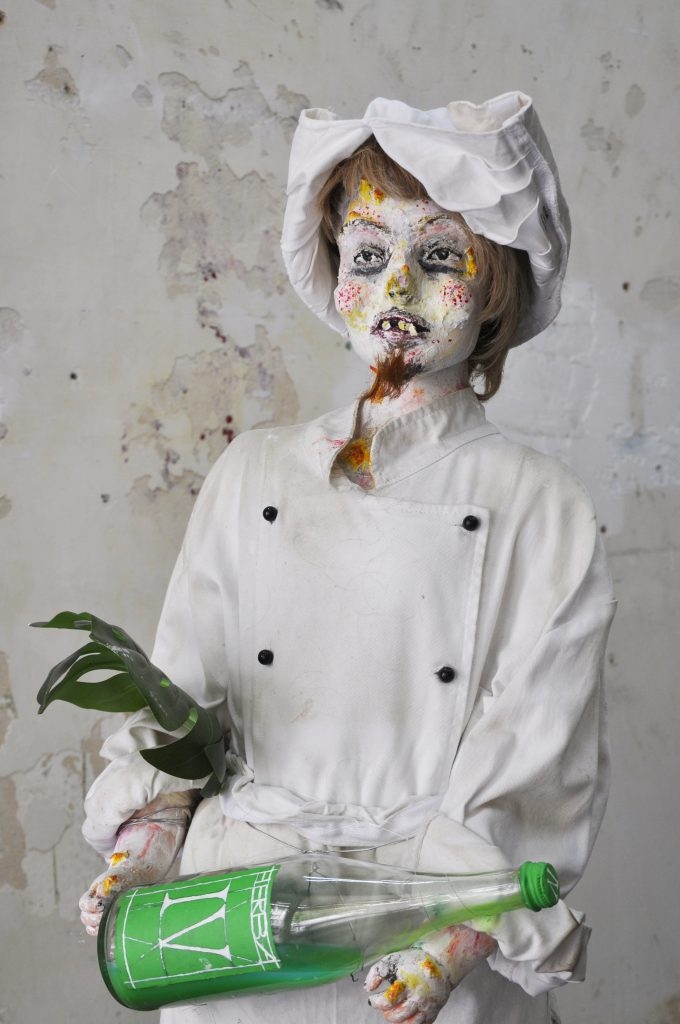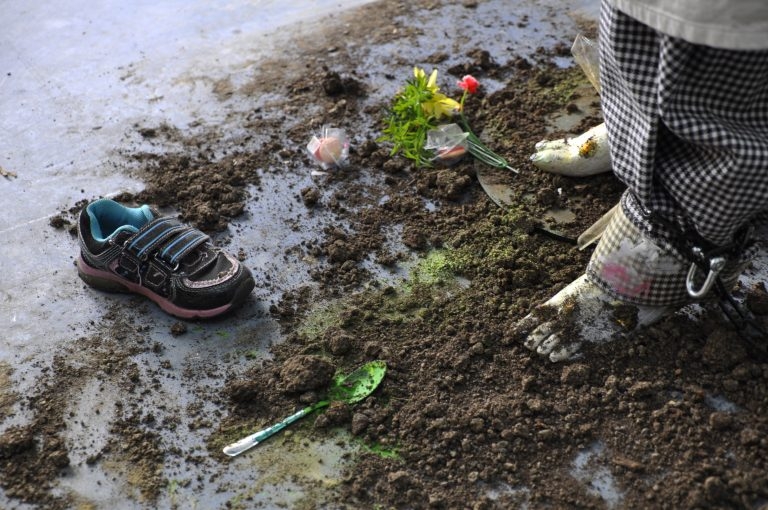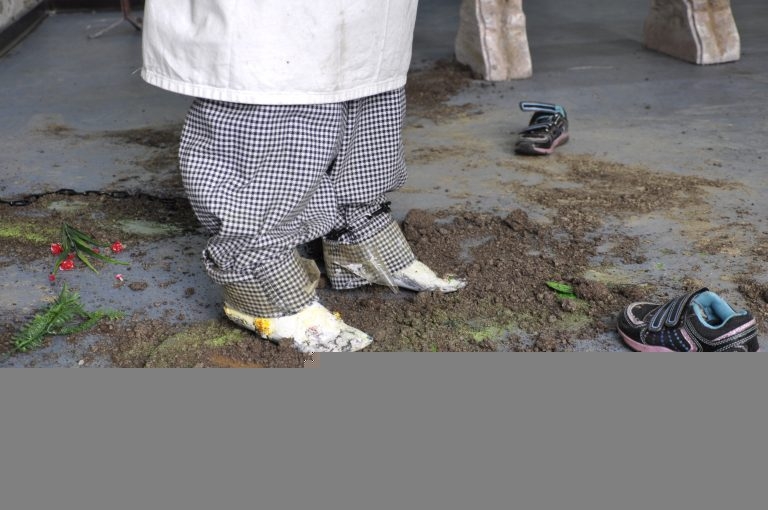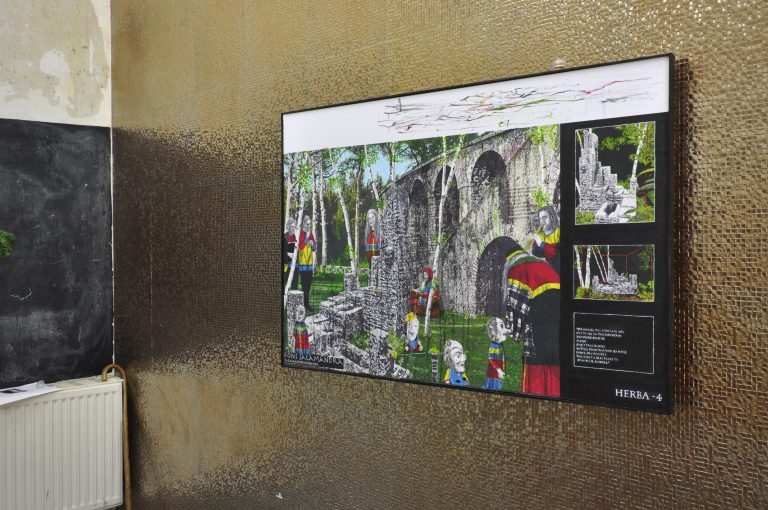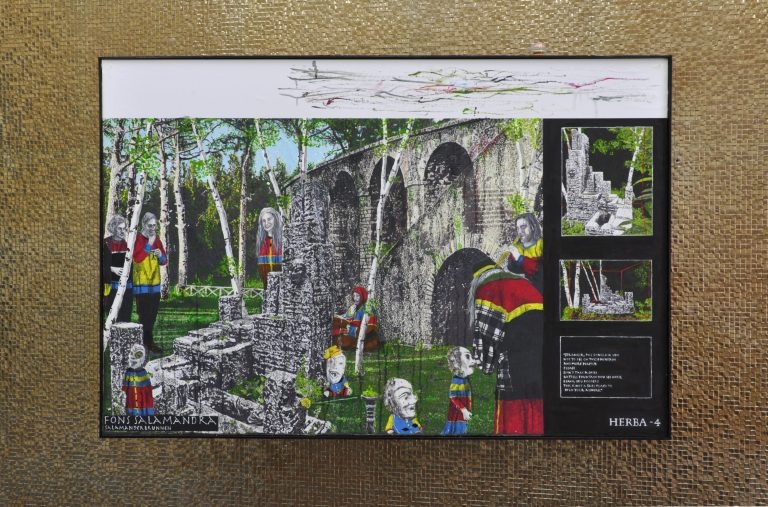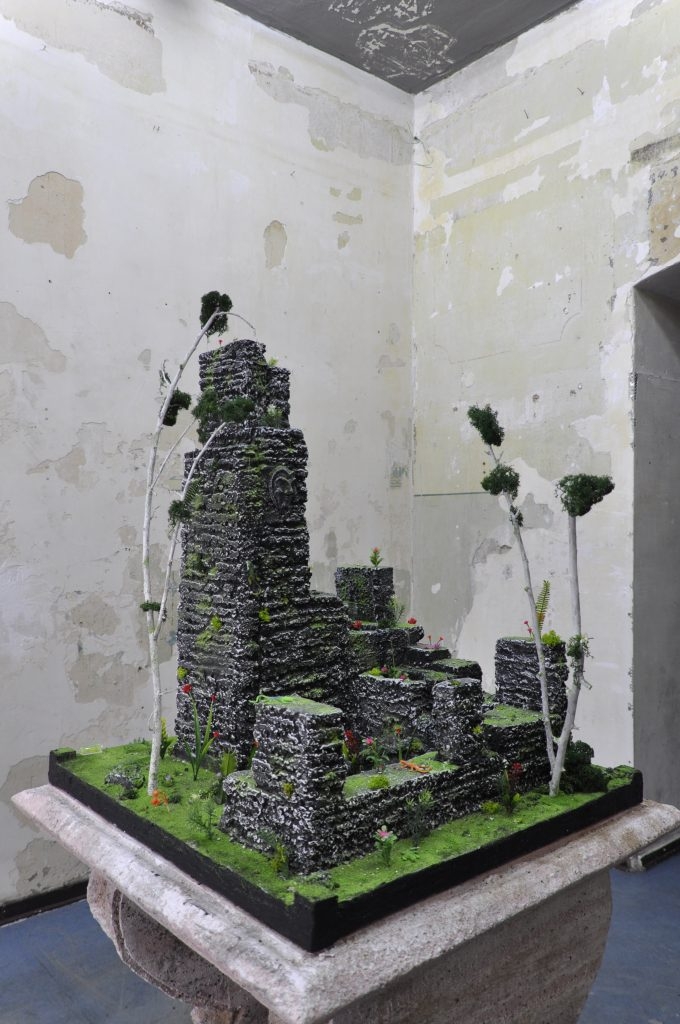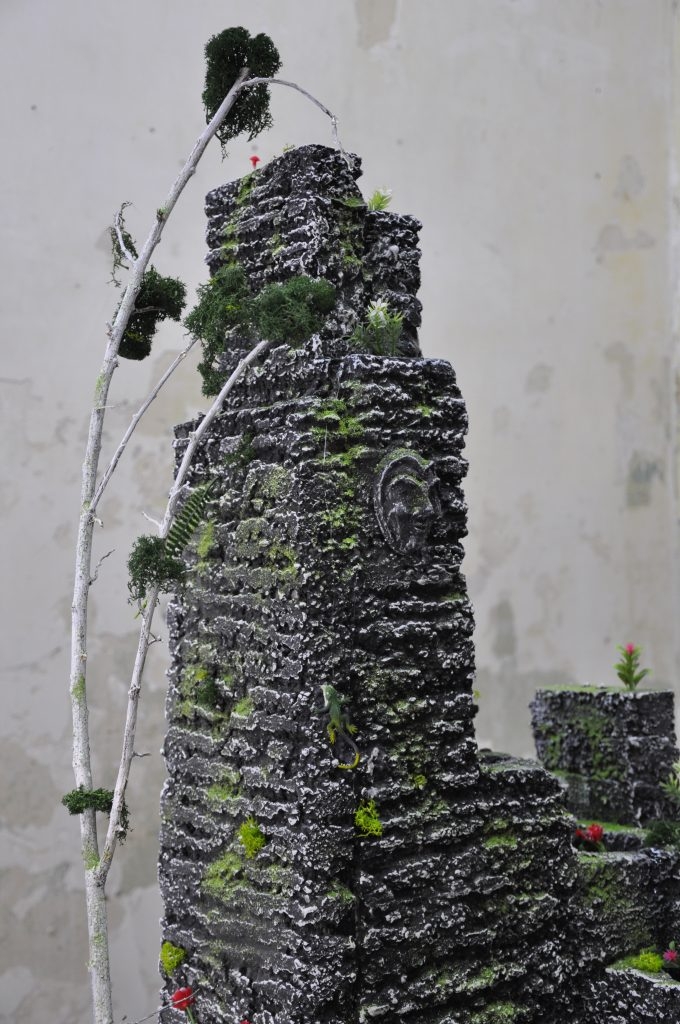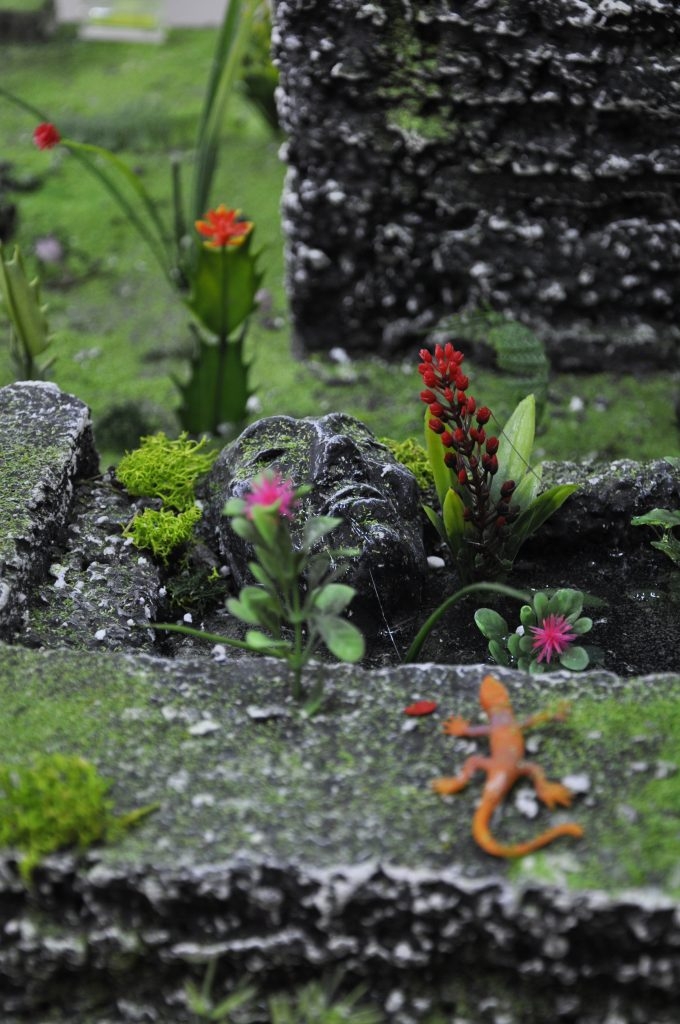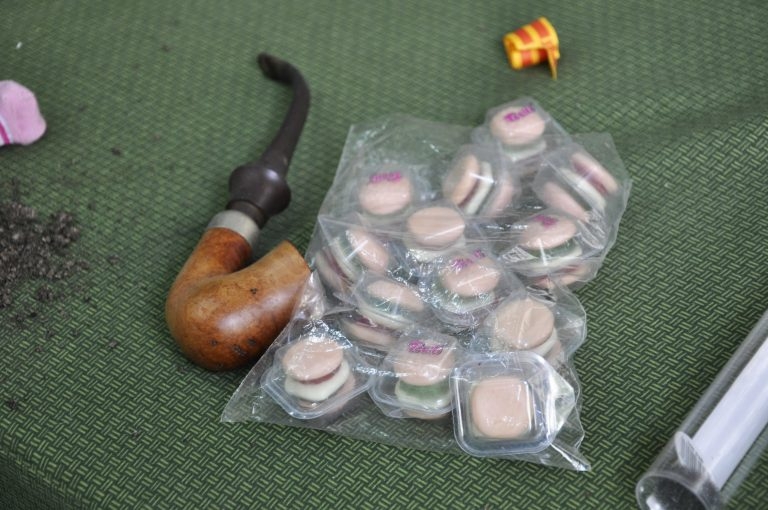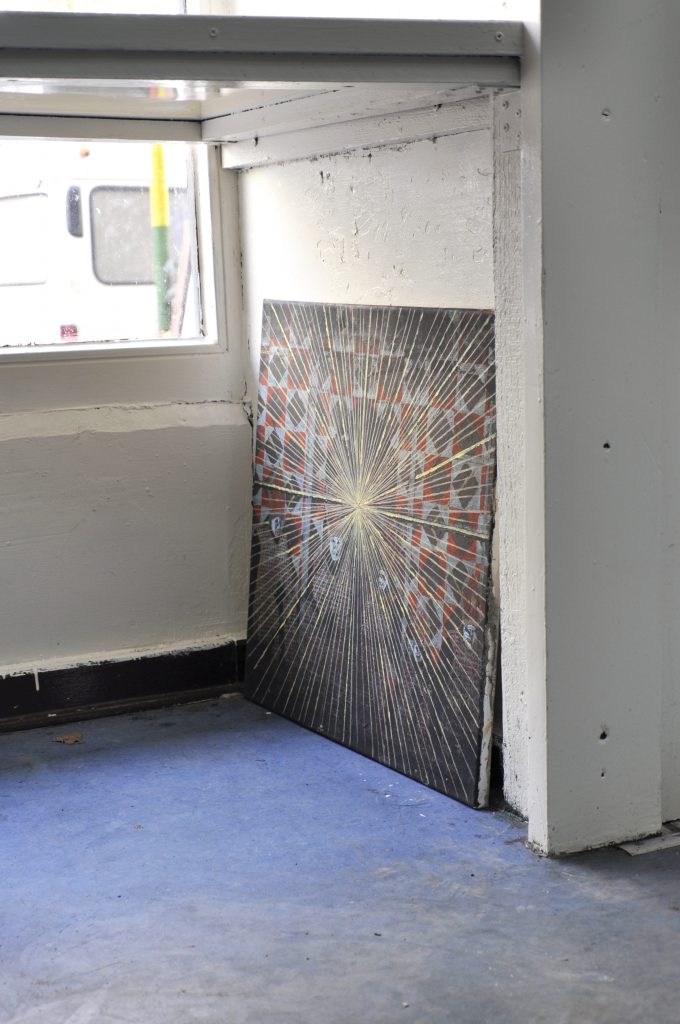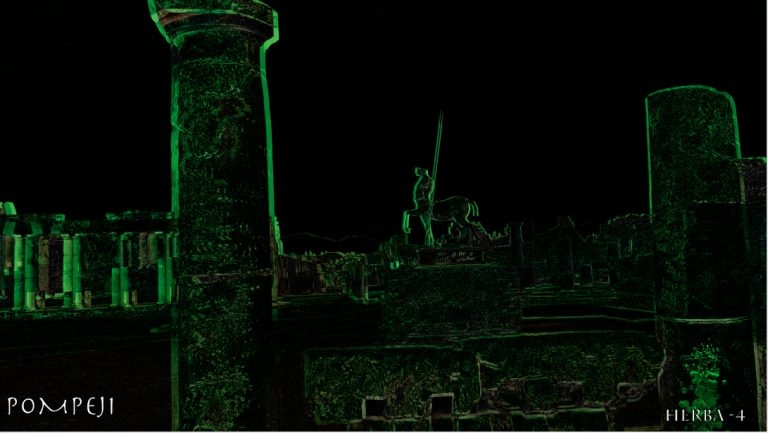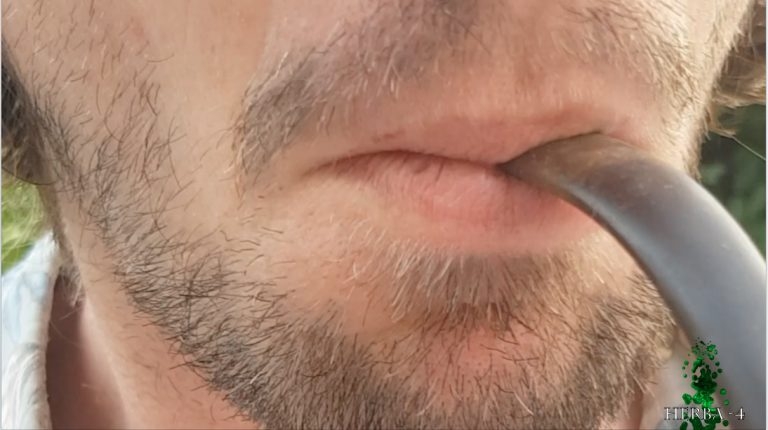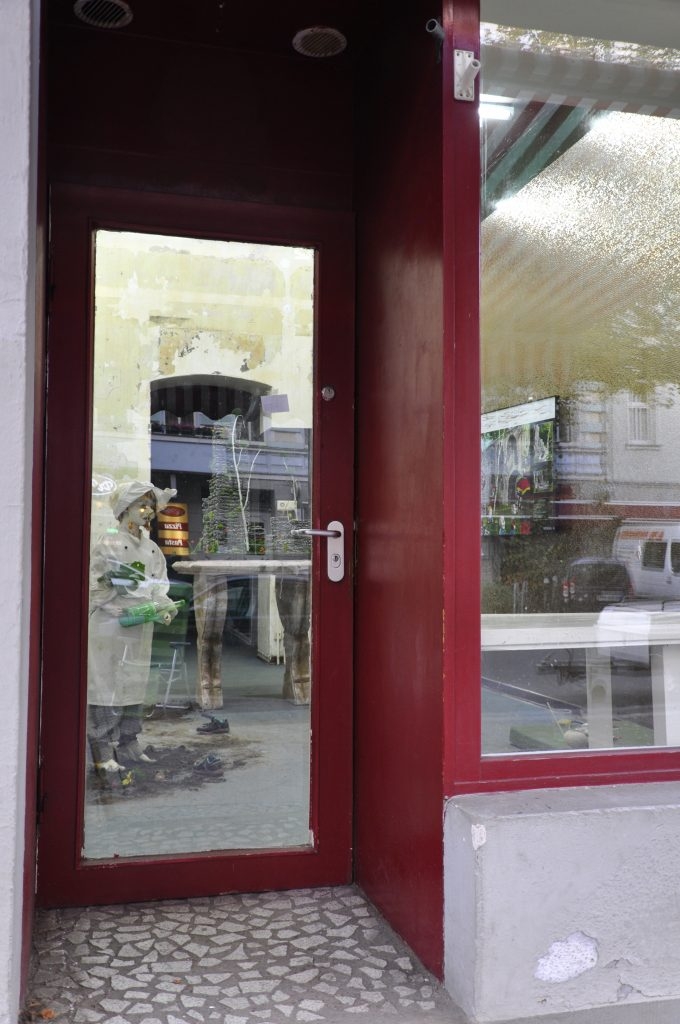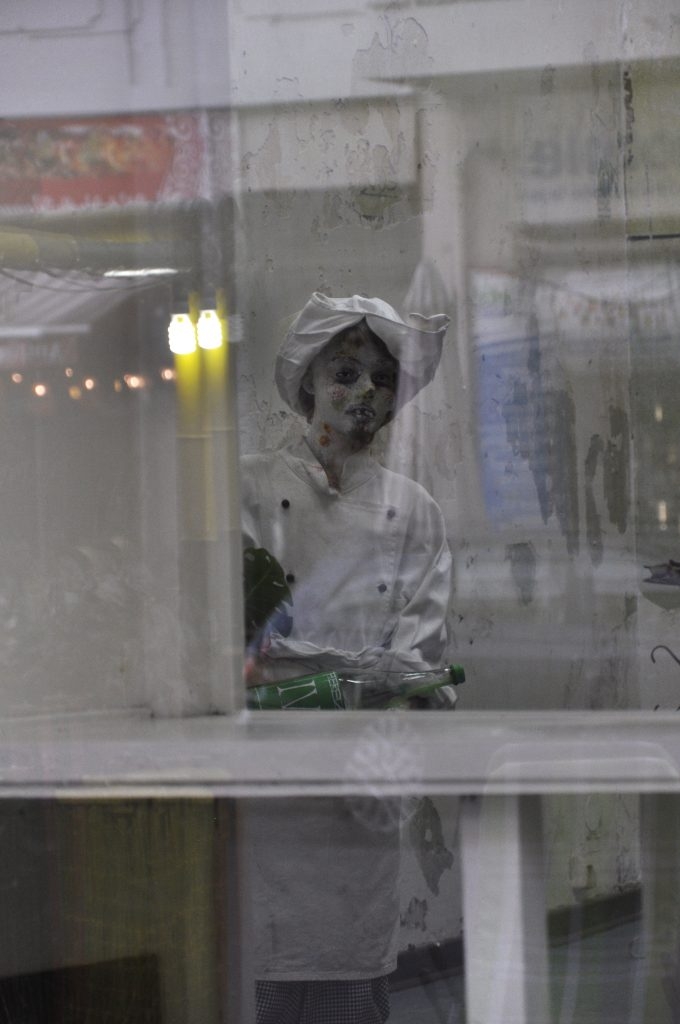Copyright 2007-2017
Indexhibit
Haus des Kleinen Brunnens
Haus des kleinen Brunnens
September 15th – November 4th 2018
Eclair Berlin
Two years ago I did an Exhibition based around the myth of the so called Fons Salamandra (Salamanderbrunnen). Young as I was, I thought fictionalising a once existing architecture, this fountain, might be the right move at that point in my career. Fiction as something I was interested in back in the day.
Revisiting this moment I feel I was wrong doing this and caused confusion surrounding this magnificent architecture. Here, with the show at Eclair, I feel it is my responsibility to make a correction in my own vita and tell the truth of this once existing structure and its holy waters. Dear audience, sorry that i have misled you.
– Veit Laurent Kurz
Report:
When Pompeii and its citizens were covered by the ashes of the Vesuvius Volcano in 79 AD, a fountain disappeared forever, the so called Fons Salamandra (Salamanderbrunnen).
A myth says that this fountain was connected to a holy spring that would lead to immortality and infinite youth.
For Centuries this myth was passed on in various greek, etruscan and roman texts that circulated around Naples. The name of the fountain stems from a unique population of rare riparian Salamanders, known as „Schleimteufel“ that thrived in the waters.
Records dating back 500 BC, tell stories of how the Salamanderbrunnen attracted injured cats, unwittingly teaching people about the healing powers of the hot water, warriors recovering from their wounds after a long soak and gods guiding knights to the spring, purported to cure more than 40,000 different types of illnesses and disorders.
When the area was christianized, the attribution of healing qualities to the water made the spring more widely famous. Vegetarian Guardian dwarfs, known as the Dilldapp, made the water flow by intriguing, musical rituals – a theme familiar to the hagiography of the Celtic saints.
Significant for the Salamanderbrunnen, whose hot water is pooled deep below the surface of a volcanic archipelago, are the hallucinogen effects that come from algaes and underwater plants. The genealogy of those plants has never been fully possible to decipher. Records of species include Amanita muscaria, Psilocybe cubensis, Ephedra sinica, Cannabis sativa as well as Banisteriopsis caapi and Psychotria viridis.
Scientists like Amadeo Maiuri and earlier Giuseppe Fiorelli, the only Pompeii specialists who ever found evidence of this structure, pointed out that the temperature of the unique environment dissolves and extracts minerals as well as chemicals from the plants to create a “broth”. Visual and auditory stimulation, the mixing of sensory modalities, and psychological introspection that may lead to great elation, fear, or illumination were reported from the consumption of the water.
In the 1970’s, the surrounding land, including the fountain`s position, was bought and supervised by an international health and extropian products company that tried to take care of the holy waters. Recent examinations have revealed that the surrounding rocks, as well as the water itself, show traces of radium and uranium.
– Vampiro Il Bavarese
